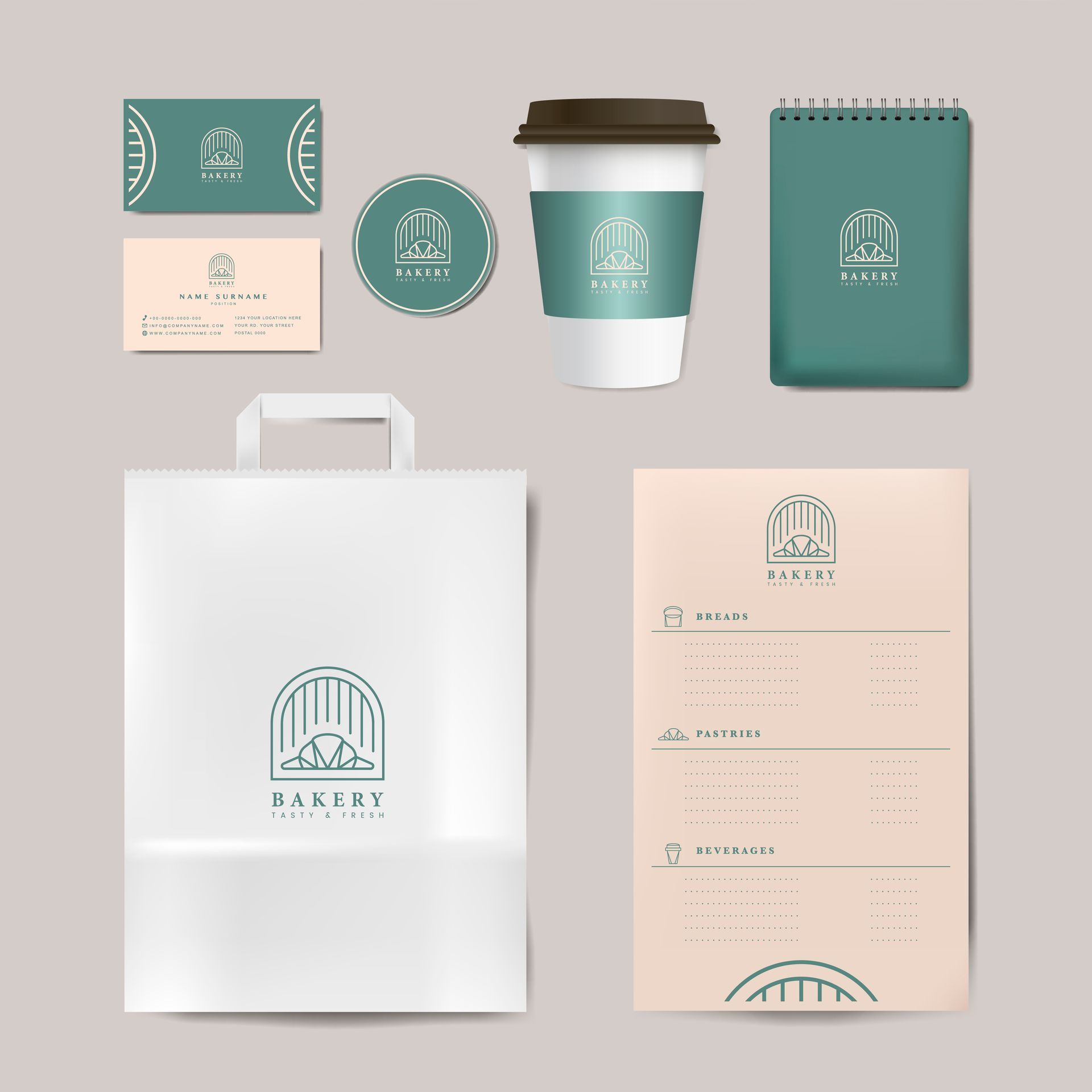Building a Strong Online Presence: The Role of Branding in Web Design
1. Introduction
The Importance of Branding in Web Design
In today's digital age, your website is often the first point of contact between your brand and potential customers. It’s not just a functional tool; it's an opportunity to make a lasting impression and build trust. Effective branding in web design goes beyond logos and color schemes—it involves creating a cohesive experience that reflects your brand’s values, voice, and personality. In this post, we’ll explore how branding influences web design, steps to align your design with your brand, and why it matters for your business’s success.
2. Understanding Branding and Its Role in Web Design
What Is Branding in Web Design?
Branding in web design is about more than just aesthetics. It’s about ensuring that every aspect of your website reflects your brand's identity, from the fonts you use to the way users interact with your site. This alignment creates a sense of trust and recognition, making your brand memorable to users.
Key Elements of Branding in Web Design
Visual Identity
Visual identity includes the logo, color scheme, typography, and overall visual elements that represent your brand. Consistency across all platforms strengthens brand recognition.
Brand Voice and Messaging
The tone and language used on your website should match your brand’s personality. Whether you’re fun and playful or serious and professional, your messaging should remain consistent throughout the site.
User Experience (UX) and Brand Interaction
UX plays a huge role in how users perceive your brand. A well-designed, intuitive website ensures that users can easily navigate and interact with your brand, fostering positive associations.
Trust Signals
Design elements like testimonials, certifications, or case studies can be used to build trust with visitors, reinforcing your brand’s credibility and reliability.
Real-World Applications
An online store with a strong brand identity, reflected through a unique and consistent design, can foster customer loyalty and improve conversion rates. Similarly, a service-based website that aligns design with its branding can make users feel more confident in its offerings, leading to increased inquiries and trust.

3. Assessing Your Website’s Branding Needs
Identify Areas for Brand Improvement
Before revamping your website, assess how well your current site aligns with your brand. Consider the following:
- Inconsistent Branding: Are your logo, colors, and typography used consistently across all pages?
- Disconnected Messaging: Does your website's content reflect your brand’s voice? Are your calls to action clear and aligned with your brand values?
- User Engagement: Does the user experience reflect your brand personality? Do users feel connected to your brand after visiting your site?
Evaluating Readiness
Look at your current resources and brand elements:
- Brand Guidelines: Do you have established brand guidelines to ensure consistency?
- Team Skills: Does your team understand your brand identity well enough to translate it into the website’s design and functionality?
- Budget: What is your budget for a brand-driven website redesign?
4. Planning Your Brand-Aligned Web Design Project
Setting Clear Objectives
Before starting a redesign, define what you want to achieve with your brand-aligned website. For instance, your goals might be to enhance brand recognition, improve user trust, or better convey your company's mission. Set SMART goals to keep your project focused.
Choosing the Right Tools and Technologies
Select the tools and platforms that support your branding needs. For example, if you have a content-heavy website, a CMS like WordPress with customizable themes that align with your brand identity would be a good choice. Design tools like Sketch or Figma allow for detailed prototyping to ensure the site matches your brand vision.
Hiring the Right Expertise
Consider whether to design the website in-house or work with an external design agency. If branding is a major focus of the redesign, working with a branding expert or agency can ensure that your site reflects your brand accurately.
5. Implementing Branding in Web Design
Integration with Existing Branding Systems
Ensure that your new website integrates well with existing brand elements, such as logos, product packaging, and offline materials. This consistency across all platforms is key to maintaining a unified brand image.
Training Your Team
Provide your team with branding guidelines and design tools to ensure they can maintain consistency after the redesign. This is important for adding new content or making updates that stay aligned with the overall brand strategy.
Monitoring and Scaling
After launching your redesigned website, monitor how users interact with the brand. Use analytics tools to track engagement, such as time spent on the site, bounce rates, and conversion rates. Make adjustments as needed to ensure that your site continues to reflect your evolving brand.
6. Managing Risks and Challenges
Identifying Potential Risks
Brand-focused web design projects come with unique challenges, such as:
- Brand Dilution: If your branding elements aren’t consistent, your brand’s impact may weaken.
- User Misalignment: Significant changes to your branding or website may alienate your existing users if not handled properly.
- SEO Impact: Drastic design changes can affect your SEO, so ensure you consider search engine rankings in your redesign strategy.
Mitigating Risks
- Brand Guidelines: Have a clear set of brand guidelines to prevent inconsistencies.
- User Testing: Conduct tests to ensure that users are resonating with the new design.
- SEO Adjustments: Work with SEO specialists to monitor and adjust your strategy during and after the redesign.
7. Measuring the Impact of Branding in Web Design
Setting KPIs
To measure the success of your brand-driven redesign, establish key metrics such as brand recognition, user engagement, and customer retention. You can also monitor conversions, bounce rates, and page visits to gauge the impact of the new design on user behavior.
Continuous Monitoring and Improvement
Use tools like Google Analytics and heat maps to evaluate how users interact with your brand online. Regularly collect feedback and make updates to maintain a strong brand presence on your site.
By ensuring your website’s design aligns with your brand, you’ll create a cohesive online presence that engages users, builds trust, and drives business growth.
Get In Touch today to start the process of building your new website.
07917 102 824 | web.igniteinfo@gmail.com
Get In Touch.
Leave your details below and we'll get in touch as soon as possible.
Get In Touch
We will get back to you as soon as possible.
Please try again later.





Get In Touch!
Leave your details below and we'll get in touch as soon as possible.
Get In Touch
We will get back to you as soon as possible.
Please try again later.

Ignite Your Business With A Sleek Modern Website Built Bespoke For You
Contact Us
Privacy Policy @WebIgnite
2024




